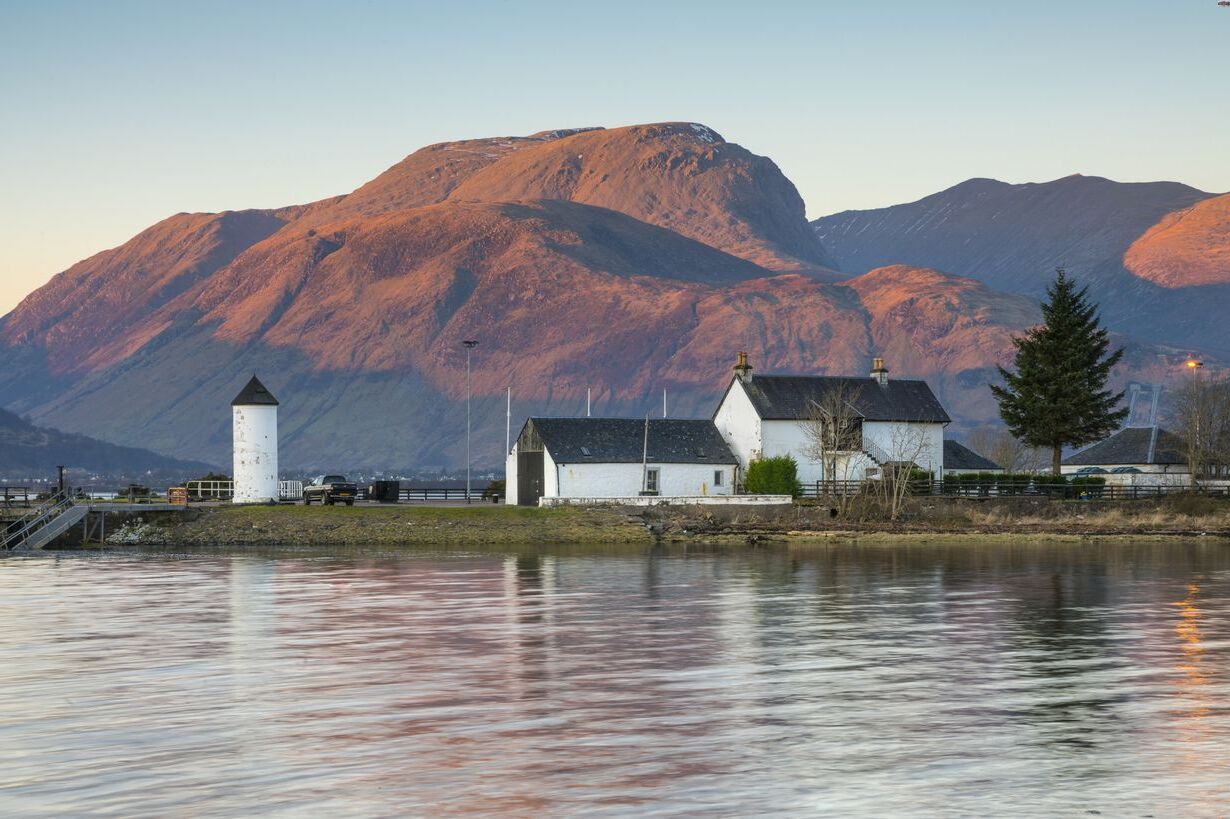Hidden Trading Posts Of Oregon’s Fort William

Have you ever wondered about the hidden stories behind Fort William in Oregon? This historic site, tucked away in the beautiful landscapes of the Pacific Northwest, holds secrets from a time when fur trading was king. Fort William was a bustling hub for traders and trappers in the early 1800s. It played a crucial role in the development of the region, serving as a meeting point for different cultures and communities. Today, visitors can walk through the remnants of this once-thriving post, imagining the lively exchanges that took place. The fort's history is rich with tales of adventure, survival, and cultural exchange. Whether you're a history buff or just curious about Oregon's past, Fort William offers a fascinating glimpse into the lives of those who shaped the area. Ready to step back in time and uncover the mysteries of this intriguing site?
Discovering Oregon's Hidden Trading Posts
Oregon's history is rich with stories of exploration, trade, and adventure. Among these tales are the hidden trading posts that once dotted the landscape, serving as vital hubs for commerce and cultural exchange. Fort William, a lesser-known site, played a crucial role in this network. Let's uncover some of these fascinating locations that were once bustling with activity.
1. Fort William: A Forgotten Landmark
Fort William, located near the Columbia River, was a key trading post in the early 19th century. Established by the North West Company, it served as a strategic point for fur traders and explorers. Although not as famous as Fort Vancouver, Fort William was instrumental in the region's trade dynamics.
2. Astoria: The First American Settlement
Astoria holds the title of the first permanent American settlement on the West Coast. Founded by John Jacob Astor's Pacific Fur Company, it became a bustling hub for fur trade. Its strategic location at the mouth of the Columbia River made it a prime spot for traders and explorers alike.
3. Fort Vancouver: A Trading Powerhouse
Fort Vancouver, established by the Hudson's Bay Company, was a major trading post that overshadowed many others in the region. It became the economic center of the Pacific Northwest, attracting traders, settlers, and indigenous peoples. Its influence extended far beyond its walls, shaping the region's history.
4. Champoeg: The Birthplace of Oregon
Champoeg is known as the birthplace of Oregon's provisional government. This small settlement played a significant role in the region's early trade, serving as a meeting place for traders and settlers. Its historical significance is celebrated today with a state heritage area.
5. Fort Clatsop: Lewis and Clark's Winter Camp
Fort Clatsop, the winter encampment of the Lewis and Clark Expedition, was a temporary trading post during their stay. The explorers traded with local tribes, exchanging goods and knowledge. This site remains a testament to their journey and the interactions that shaped the region.
6. Fort Astoria: A Rival to Fort William
Fort Astoria, later renamed Fort George, was established by the Pacific Fur Company as a rival to Fort William. It played a significant role in the fur trade and was a focal point of international competition between American and British interests. Its history is marked by intrigue and rivalry.
7. Fort Nez Percés: A Crossroads of Cultures
Fort Nez Percés, also known as Fort Walla Walla, was a vital trading post at the confluence of the Columbia and Walla Walla Rivers. It served as a crossroads for traders, settlers, and indigenous tribes. The fort's strategic location made it a key player in the region's trade network.
8. Fort Umpqua: A Southern Outpost
Fort Umpqua, located in the southern part of Oregon, was established by the Hudson's Bay Company. It served as a trading post for the fur trade and a point of contact with local tribes. Its remote location made it a unique outpost in the company's vast network.
9. Fort Hall: Gateway to the West
Fort Hall, though technically in present-day Idaho, was a crucial stop for traders and settlers heading west. It served as a supply point and trading post along the Oregon Trail. Its influence extended into Oregon, making it an essential part of the region's trading history.
10. Fort Nisqually: A Coastal Connection
Fort Nisqually, located near present-day Tacoma, Washington, was a coastal trading post that connected the Pacific Northwest with global trade networks. It played a significant role in the fur trade and served as a cultural exchange point between settlers and indigenous peoples.
Discovering Oregon's Hidden Trading Posts
Oregon's Fort William and its hidden trading posts offer a unique glimpse into the past. These sites, tucked away in the lush landscapes, tell stories of commerce and cultural exchange. Exploring these locations, one can imagine the bustling activity of traders and Native American communities. The artifacts and remnants found here provide valuable insights into the lifestyles and traditions of those who lived and worked in these areas. Visiting these sites is not just about learning history; it's about connecting with a time when the Pacific Northwest was a frontier of opportunity and adventure. Whether you're a history buff or just curious, these trading posts offer a fascinating journey into Oregon's past. So next time you're in the area, take a detour and step back in time to discover the hidden gems of Fort William.

